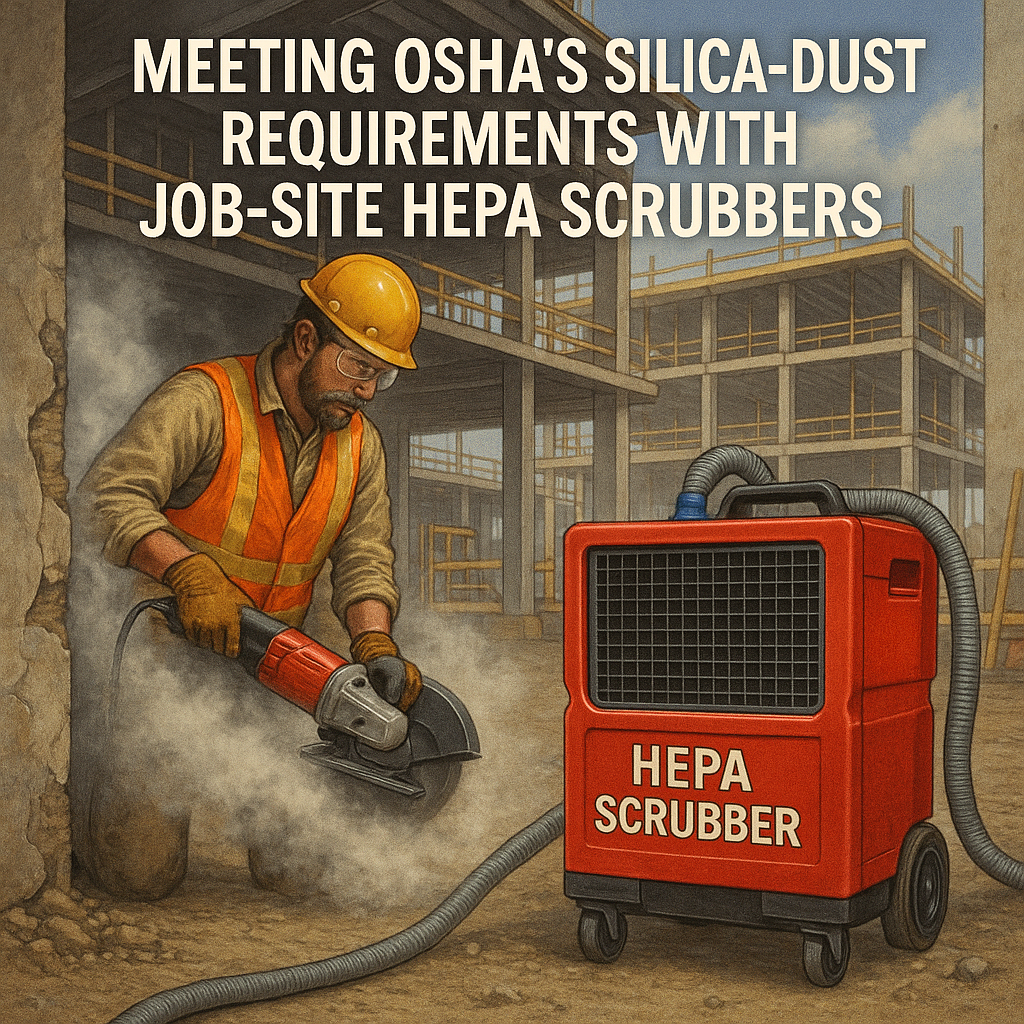 Do you know: Does your drinking water contain lead? Whether what your drinking comes from a private well or municipal water system, lead in water could be a problem. Treatment plants do test for the presence of lead, but contamination can occur after the water leaves the facility and travels to your home.
Do you know: Does your drinking water contain lead? Whether what your drinking comes from a private well or municipal water system, lead in water could be a problem. Treatment plants do test for the presence of lead, but contamination can occur after the water leaves the facility and travels to your home.
Because of the danger and risk you’ll want to periodically test the water that comes out of your tap to determine if it contains lead. If you have a private well, the Centers for Disease Control and Prevention recommends testing the water at least annually.
If there is lead in water you drink, you’ll want to find a way to correct the problem in order to reduce exposure. Water filtration systems and bottleless water coolers can be great options for lead-free, safe drinking water at home or in the office.
The dangers of lead exposure
Lead is a naturally occurring element that is all around us — it can be found in the soil, air and water. It can also be found in many everyday and household objects. According to the EPA:
"Lead and lead compounds have been used in a wide variety of products found in and around our homes, including paint, ceramics, pipes and plumbing materials, solders, gasoline, batteries, ammunition and cosmetics."
Lead — including lead in water — can be toxic to humans and repeated exposure can lead to health problems. It is dangerous to everyone, but especially to children and pregnant women. Lead can be harmful even when someone is only exposed to the element in small amounts. It can harm the tissues in the heart, kidneys, intestines, bones, reproductive systems and nervous system. In children under six, lead exposure is a particular problem because it can negatively impact brain development.
Symptoms of lead poisoning range include stomach pain, seizures, headaches and even falling into a coma. If you think you’ve been exposed to lead, address your concerns with your physician.
The issue is that products containing lead, such as pipes, are often purposefully used in the home. In 1986, an amendment was passed as part of the Safe Water Drinking Act requiring the use of lead-free pipes. If your home was built after 1986, your pipes should be lead-free. However, this doesn’t mean that lead couldn't have gotten into your water supply in another way. It’s still important to get test your water quality on a regular basis.
What to do if your water contains lead
If you find out via a test from a reputable laboratory that your drinking water contains lead, you’ll want to address the situation immediately. If you have lead pipes in your home, consider getting them replaced. However, replacing lead pipes can be a costly, disruptive project. Fortunately, a more immediate solution exists: A water filtration system — that will remove the lead from your water before you drink it or use it for cooking.
Reverse osmosis: Systems that rely on reverse osmosis water filtration are effective for removing lead from water.
Other filter types: Most other water filter types — such as UV or activated carbon can remove some lead, but the amount they remove can vary so check with the product manufacturer or an indoor environmental solutions specialist.
Reverse osmosis and other type of water filters can be used for safe, healthy, lead-free drinking water at home by filtering water at the faucet or for the whole house or building. A bottleless water cooler is another option for drinking water. If you want lead-free water for cooking and bathing, consider a filtration system.
Before you start using a filtration system, spend some time flushing your pipes. Lead can collect in your pipes in any standing water. Once you get a water filtration system in place, you’ll still want to test the water on a regular schedule, just to be safe. Lead in water is not a problem to ignore.


%20(2).png)


